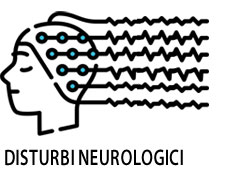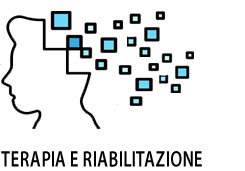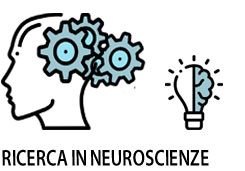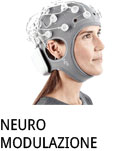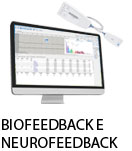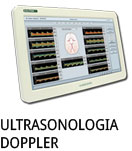- +39 011 5821948
- info@geasoluzioni.it
- Lun - Ven 8:00 - 17:00
The effects of transcranial direct-current stimulation (tDCS) on pain intensity of patients with fibromyalgia: a systematic review and meta-analysis
- Abstract:
- Introduction Fibromyalgia (FM) is a chronic pain condition that affects millions of people worldwide. Transcranial Direct Current Stimulation (tDCS) is a non-invasive brain stimulation technique that has shown promise as a potential treatment for FM by modulating pain perception and reducing symptoms, such as fatigue and depression. We aimed to systematically review studies that assess the effect of tDCS on pain reduction in FM patients. Methods Seven electronic databases (PubMed, Scopus, Embase, PsycINFO, Web of Science, Cochrane, and CINAHL Complete) were searched for records in English. Studies that measured the effect of tDCS on pain intensity in FM patients were included. The Cochrane Collaboration's tool was used to assess the quality of the included studies. A random-effect model was preferred, and statistical analysis was performed by Stata software version 17. Results Twenty studies were included for qualitative, and eleven for quantitative analysis. Out of 664 patients included in the study, 443 were in the stimulation group. The left M1 area was the most common stimulation target (n = 12), and 2 mA was the most common stimulation amplitude (n = 19). The analysis showed that active tDCS significantly reduced pain intensity in FM patients in comparison to the sham group (SMD= -1.55; 95% CI -2.10, -0.99); also, no publication bias was noted. Conclusion Our systematic review highlights the potential effect of tDCS on the reduction of pain intensity in FM patients. Additionally, this current evidence could suggest that tDCS applied at an intensity of 2mA to the left M1 is the most effective strategy.
- Patologie/Applicazioni:
- Anno:
- 2023
- Tipo di pubblicazione:
- Articolo
- Parola chiave:
- tDCS; stimolazione elettrica a corrente diretta; pain therapy; terapia del dolore; dolore cronico; fibromalgia; NIBS
- Testata scientifica:
- BMC - Springer nature
- Mese:
- 11
- Nota:
- Questa meta-analisi, che include oltre 400 pazienti, ha evidenziato che la stimolazione elettrica transcranica continua (tDCS) riduce significativamente l’intensità del dolore nei pazienti affetti da fibromialgia (FM) rispetto al trattamento placebo. La stimolazione della corteccia motoria primaria (M1) con una corrente di 2 mA si è dimostrata essere la più utilizzata e la più efficace per questo tipo di patologia. Quindi, la tDCS costituisce un’opzione di trattamento praticabile e sicura per i pazienti affetti da FM, poiché la maggior parte degli studi non ha riportato effetti avversi, se non lievi, insieme ad alti tassi di aderenza al trattamento.
- DOI:
- 10.1186/s12883-023-03445-7
Hits: 677
La nostra storia
GEA soluzioni si affaccia nel 2013 al mercato della strumentazione medicale di alto livello tecnologico ma la sua storia parte da più lontano, clicca qui per approfondire.
GEA SOLUZIONI SRL
via Spalato 72/A, Torino
Tel.: 011 5821948 / 011 4463853
Fax: 011 0433281
Email: info @ geasoluzioni.it
P. IVA IT11696920013
REA TO1233648

